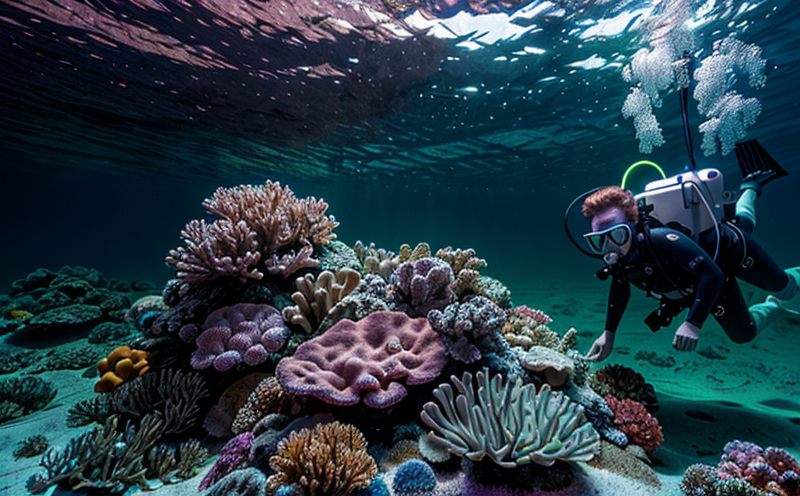IEC 60068 2 64 Random Vibration Testing of Shipboard Lighting Equipment
The International Electrotechnical Commission (IEC) standard IEC 60068-2-64 specifies the procedures for conducting random vibration tests to ensure that electrical and electronic equipment, including shipboard lighting systems, can withstand the rigors of maritime environments. This standard is particularly important in ensuring that lighting fixtures aboard ships are robust enough to endure the harsh conditions they encounter during operation.
Random vibration testing simulates the dynamic loading experienced by equipment at sea, which includes various frequencies and amplitudes typical of ocean motion. This type of testing helps manufacturers identify potential weaknesses or design flaws in their products before deployment. Compliance with this standard is crucial for ensuring that lighting fixtures meet safety standards and operational reliability expectations.
The test procedure involves subjecting the specimen to a spectrum of random vibration forces within defined frequency bands, typically ranging from 10 Hz to 2 kHz. The amplitude levels are specified in the standard and may vary depending on the type and size of the equipment being tested. For shipboard lighting fixtures, this might range between ±5 g and ±15 g.
Before conducting these tests, it is essential that the specimen undergoes thorough preparation to simulate real-world conditions accurately. This includes mounting the fixture onto a test rig designed specifically for this purpose and ensuring all connections are secure and functional. During testing, environmental factors such as temperature and humidity must also be controlled if they influence the performance of the equipment.
The results of these tests are critical in determining whether or not a particular lighting system is suitable for use on ships. Compliance with IEC 60068-2-64 ensures that the product has passed rigorous evaluations designed to mimic actual operational conditions at sea, thereby increasing confidence among buyers and operators regarding its reliability.
For those involved in quality management, compliance officers, R&D engineers, and procurement personnel within industries related to marine equipment manufacturing or shipbuilding, understanding this process is invaluable. It provides insights into how critical it is for manufacturers to adhere strictly to international standards like IEC 60068-2-64 when developing new products intended for use in challenging maritime environments.
| Use Case/Application Example | Description |
|---|---|
| Mechanical Shock Resistance Testing | This test evaluates the ability of a lighting fixture to withstand sudden changes in acceleration, which could occur during ship maneuvers or collisions. |
| Environmental Stress Screening | Involves exposing the light fixture to extreme conditions early in its lifecycle to detect any latent defects that might affect long-term performance. |
| Reliability Assessment | Determines how well the lighting system performs under simulated operating conditions, helping manufacturers improve design and manufacturing processes. |
Customer Impact and Satisfaction
Adhering to IEC standards such as 60068-2-64 brings significant benefits for customers purchasing marine lighting equipment. By ensuring that all products comply with these rigorous tests, manufacturers demonstrate their commitment to delivering high-quality, dependable solutions tailored specifically for use in challenging maritime environments.
- Increased customer confidence and trust due to proven performance under extreme conditions.
- Potential cost savings through reduced maintenance and repair needs resulting from enhanced durability.
- Better reputation among end-users who value reliability and safety above all else.
- Improved market competitiveness by differentiating offerings based on compliance with recognized international standards.
International Acceptance and Recognition
The IEC 60068-2-64 standard is widely accepted across the globe, particularly within the marine industry where safety and performance are paramount. Many countries have adopted this standard as part of their national regulations governing maritime equipment.
- USA: The United States often references IEC standards in its own regulatory frameworks for shipboard lighting fixtures.
- European Union: Member states frequently incorporate IEC norms into EU directives concerning safety and quality control measures for electrical products used on ships.
- Japan: Japan's Ministry of Land, Infrastructure, Transport, and Tourism has recognized compliance with IEC 60068-2-64 as a key factor in approving new lighting systems for installation aboard vessels operating within Japanese waters.





